Mixed Games Poker Strategy: A Hand of 2-7 Triple Draw
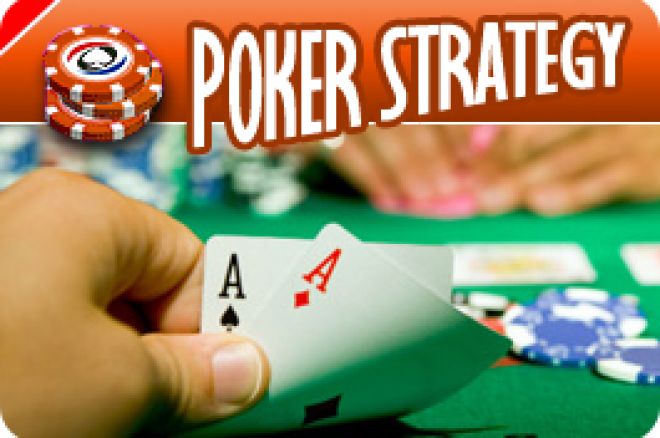
While it can be rare to find more than the smallest-stakes mixed games outside of major poker tournament series, every once in a while you do stumble across that desert oasis. A friend recently told me about finding an $8/16 mixed game in a poker room one night where there wouldn't otherwise be one. The games that were in the mix included: badugi, omaha Hi/Lo, ace-to-five triple draw, deuce-to-seven TD and stud hi/lo. They also threw in a $2/4, $200-cap PLO game for the hell of it. "PLO your BOATE," she joked.
As you might imagine from the selected games, it was an action-heavy table. My friend told me that it was very common to see the action capped on the first round of betting, sometimes blind. That's a juicy game to be in, if you can stomach the swings. With the stakes at $8/16, the maximum exposure wasn't all that much more than a rollicking $1/2 no-limit hold'em table.
The hand that gave my friend the most thought, and that she spent a bit of time discussing with me, occurred during one of the 2-7 triple draw rounds. Despite all of the action that the table was providing, it was a hand that limped to my friend in the big blind. She declined her option against three opponents holding K-Q-7-4-6 and proceeded to draw two. Everyone else in the hand drew one or two cards.
After the draw, the small blind led out with a bet. My friend squeezed her cards to discover that she had drawn perfect, picking up a trey and a deuce to make a Number Two (7-6-4-3-2). My friend wasn't sure what she should do with her hand, as there were still two draws to come.
It's a nice problem to have, isn't it? Making a practically unbeatable hand with three rounds of action still to come. The first and natural instinct is to slowplay. Perhaps, by calling the initial bet, one of the two players behind will raise and then my friend would have a chance to trap everyone in the pot for three small bets on this street. It's not unreasonable to assume a raise behind from an action-heavy table, and it's a play I sometimes use in hold'em when I flop the nuts on a board that is sure to have hit someone else hard. The only downside is that it does require someone else to raise your hand for you, and that doesn't always happen.
The only other option is to raise. What are the effects of a raise here? Well, it's the first draw. Since my friend drew two, the rest of the players are unlikely to put her on a monster. If they're drawing one card, they'll almost certainly call. In position at an aggressive table, some might even re-raise, setting up a situation for a possible check-raise after the second draw. Because the only problem with raising here is that my friend intends to stand pat on the second draw. At that point the table will know she has a made hand (although they won't know how strong it is) and will be unlikely to bet the big streets if she checks, or raise them without a huge hand of their own if she bets.
In her spot, I would probably raise anyway. A poker game such as triple draw offers far less information to players than stud or hold'em. Their only options are their previous history with you; your betting patterns in this hand; and the number of cards you draw. If you offer enough action as a matter of course, your opponents won't put you on a monster by drawing two after the first drew. They are likely to call down with far worse hands. On the other hand, if you try to slow poker play out of position, you risk missing bets and losing value. Fixed-limit poker, as I have repeatedly expounded over the past months, is all about saving one or two extra bets when you're behind and extracting one or two extra bets when you're ahead.
To be perfectly mathematical about it, the best play calculates the likelihood of someone raising behind if you slowplay versus calling behind when you raise. It's impossible to be perfectly mathematical about it, especially in the heat of the moment. That's where experience and instinct kick in. My friend's instinct, due to the action offered by the table, was that to slowplay was best. But nobody raised after the first draw, and once my friend stood pat, the table became wary. The small blind checked after the second draw and my friend led out. Someone behind her raised, folding everyone else out. She went ahead and three-bet. They both stood pat on the last draw, with one bet going in from each player. Her Number Two won the pot.
Standing pat after the first draw is the crux of the problem in this hand. Once my friend stood pat, the table was wary. And even though she stood pat, she was still raised after the second draw. That, to me, is the argument for going ahead and raising after the first draw. Don't miss out on those bets. People are willing to stick around after only one draw in triple draw with all sorts of oddball hands. Get some value out of them before they close up shop. They won't put you on a monster, being likely to raise you at some point later down the line with a hand drawing slim �� or dead �� against you.
Squeeze those extra bets. They're what make the difference between a good session and a great session, between a winning player and a dominating player.
Are you looking For a Poker Stars Marketing or Bonus Code? - You've come to the right place, Get in the action with PokerNews.com


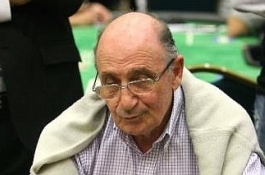
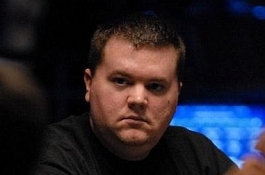

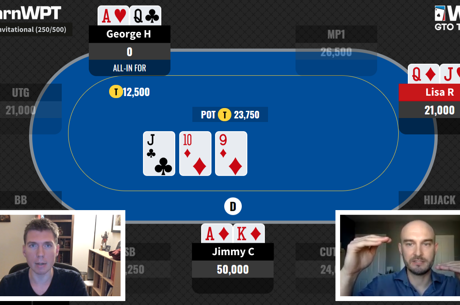

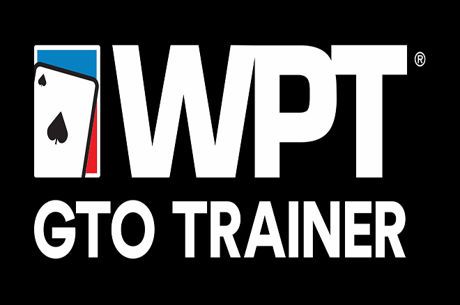
![[REVIEW] Alex Fitzgerald - How to Think Like a Poker Player](https://pnimg.net/w/articles/1/5d6/94cee8a8e6.jpg)